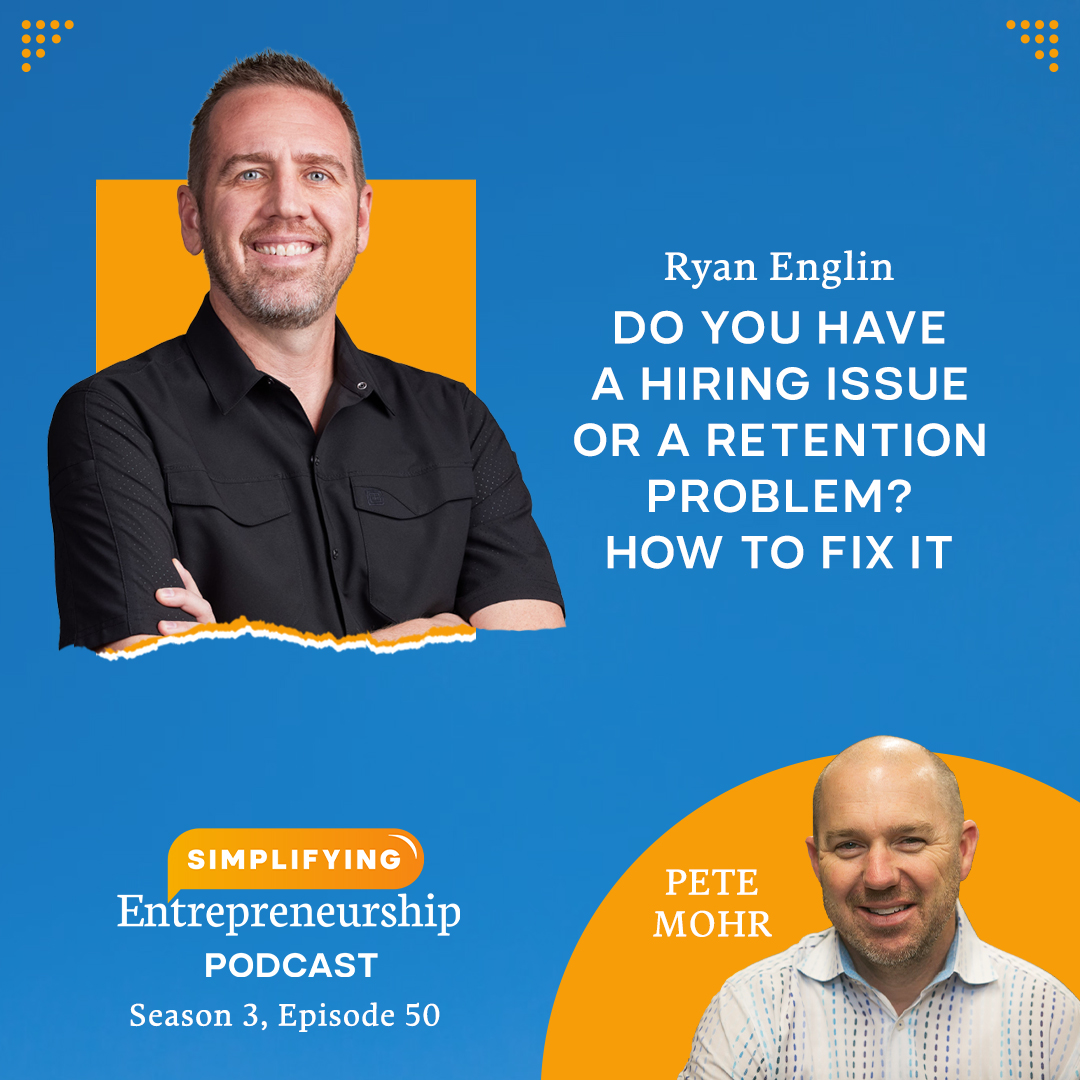No matter how great your product is, no matter how you’ve refined your operations, you need people to succeed. And not just customers. You must build a strong, engaged team who can sell your products and perform those operations.
The pandemic strained businesses in all different industries. But even after the world opened back up, the people weren’t there. Sadly, many had passed away from COVID.
Others were reevaluating their careers. These “unprecedented times” also highlighted the unfair practices and poor management in many businesses. Thus, the Great Resignation began.
It’s been the bane of many employers’ existence. Perhaps you’ve searched for help only to come up empty-handed. It’s easy to blame generational or cultural attitudes. However, this is actually a great moment to consider how your business seeks employees.
You need the right people … and the right people want to work for you. So, how can you make that connection and get a team who will stick around?
Focus on retention, not hiring
Even before the pandemic and Great Resignation, turnover was a problem for many companies. Especially in the service industry, businesses would lose employees just as quickly as they’d hire them. Every time they’d have to recruit new help was a new expense.
It’s worth noting that retail and food-service jobs typically involve long hours on one’s feet. Things move and change quickly and — let’s face it — customers can be horribly rude. Many workers simply don’t thrive in those roles, or they can only hold them for so long.
So, is constantly hiring truly the solution? It costs time and money to post jobs, interview people, and onboard and train them. Amidst the Great Resignation, you hear this complaint often. Another person quit, and now it’s too expensive to find someone new.
But the lack of help isn’t always a hiring issue. It’s usually a retention issue. Once you have good people in your business, your top priority should be to retain them.
That’s not to say you should never fire bad employees. You must release the people who don’t align with your business’s goals. They’re not only a drain on productivity but also a distraction for the people you want to keep.
By focusing on retention, you show your best employees that you appreciate them. They see that you care about their success. As a result, they’re more likely to stick around. And often, they’ll unlock their innovative potential so they can grow with you.
What’s being lost in all this talk about the Great Resignation is that people don’t leave jobs per se. They leave bad coworkers and bosses. To retain your best employees, make sure they’re happy and thriving.

People leave people, not jobs
Let’s say you’re bowling or playing pub trivia. Your team is bickering constantly, except for one person who doesn’t even try to play the game. As a result, the team ranks low on the leaderboard. You don’t see any potential to win a prize, let alone have fun. You’re considering just going home. But instead, you join a different team and immediately start to thrive.
When your business has the wrong people on the team, even your best players will jump ship. No one likes a toxic work environment. Even if they enjoy the job, they’d rather be in a place where they feel good.
It all starts at the top. As a leader in your business, you’re responsible for cultivating a healthy workplace. You set the tone and model the values and behavior you want to see. That has two major benefits:
True, not everyone wants to work. But those who do, want to win that bowling or trivia game. They want to feel valued and supported.
As a business owner, you’re team captain. You must retain your best players. Show them how to master their bowling ball or unearth that long-forgotten piece of movie trivia. Make sure they know you appreciate them. And, release anyone who’s dragging the team down.
Retention is only one half of the equation, though. When you inevitably must hire someone new, you want the right people to be at the top of your candidate list.

Attract talent, don’t go searching for it
The best places to work have no issue finding employees. That’s because people seek them out. And that spares business owners a lot of time and frustration.
The Great Resignation led to the Great Re-Shuffle. As people left the jobs they hated, they sought better opportunities. Some even pivoted their careers. Meanwhile, companies’ current employees moved into new positions.
It’s been a nationwide game of musical chairs. But if you’ve ever played that game, you know that someone is left on the floor.
Part of the problem is that employers are desperately searching for help. Many are offering sign-on bonuses or advertising in unconventional spaces, e.g. Facebook groups. As a result, their candidate pool fills up with unqualified workers or tire-kickers who fill out applications or even accept offers just to land the bonus.
To find the right team and help relieve the pressures of the Great Re-Shuffle, shift your focus toward attraction. As mentioned above, a strong company culture and healthy workplace attract your best people. You may even find that they refer other top performers to you. (More on that in a moment.)
This isn’t to say you shouldn’t advertise your job openings or offer a sign-on bonus. But consider how much time you’re spending on the search. Are you even looking in the right places? What do your recruiting materials say about your business?
When you focus on attraction, you can skip a lot of the legwork. The best talent will eagerly apply, while the tire-kickers don’t bother. Thus, there are enough chairs for everyone.
Know your bench strength
You’re the team captain. So, who’s on your bench ready to jump into the game?
A key part of leadership is knowing your team’s strengths and weaknesses. In other words, you’re not randomly throwing people into the game. You have the right mix of people who feel competent and confident in their roles.
I call this your bench strength. If you’ve lost employees during the Great Resignation, your bench strength might be a little low. The Great Re-Shuffle might also force some team members to juggle multiple roles. They may be shoved into the game at a time that’s not good for them.
So, in addition to retaining and attracting your top employees, make sure you’ve got the right players for the right moments. A people-first approach to management will boost your bench strength. You’ll feel less desperate and better able to leverage your team’s skills.
Plus, that makes your employees feel good. When people thrive in a role, they’re happier. And happy people want to share the love.

Equip them for referrals
They say that word-of-mouth is the best form of advertising. That goes for recruiting, too. Imagine if top talent landed on your doorstep, eager to work.
When you build a strong team in a healthy workplace, your best people are more likely to refer you to others. Their friends and colleagues often share their values — which means they might be a great fit for you!
Even if their immediate circle doesn’t bite, the word spreads. Your best workers’ friends and colleagues can share with their networks, where that perfect team player might be ready to jump. Your good reputation will grow. So, good people will come knocking, and tire-kickers will know not to bother.
Wrapping Up
The Great Resignation is the Great Re-Shuffle…but what if it could become the Great Attraction? Your business’s success ultimately comes down to your people.
With the right team, you can cultivate a healthier, happier workplace. And that’s quite the magnet in today’s job market. This article was inspired by an episode of the Simplifying Entrepreneurship podcast in which I interview Ryan Englin, CEO of Core Matters.




0 Comments